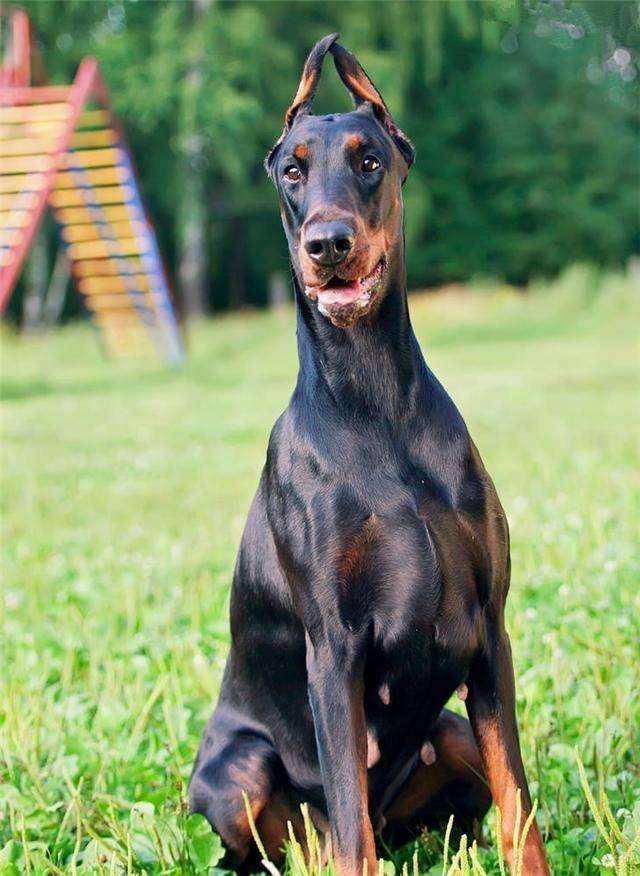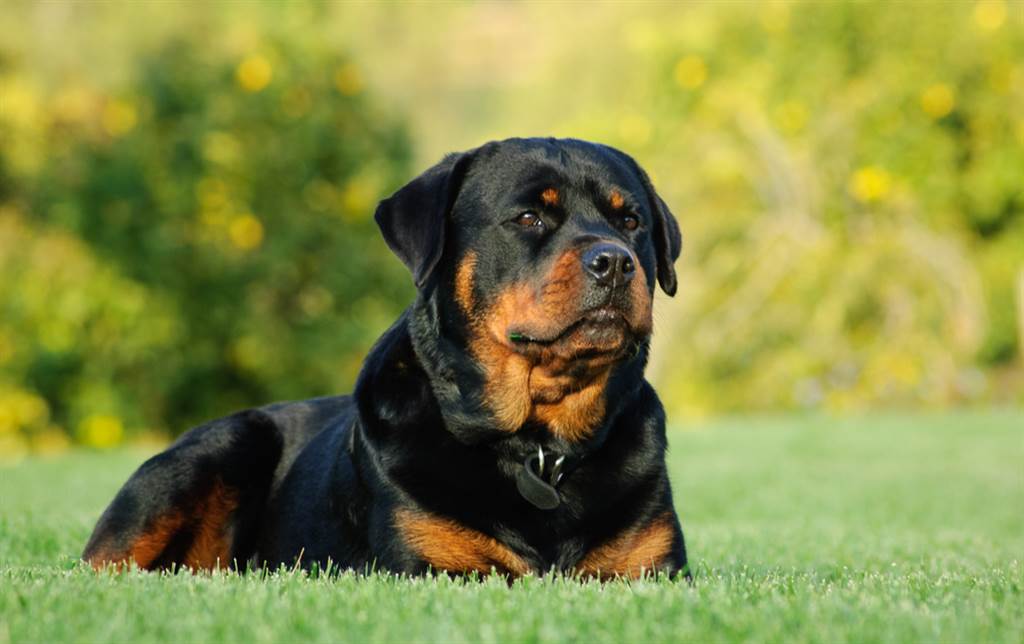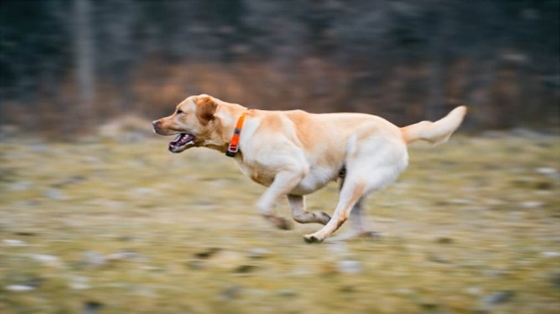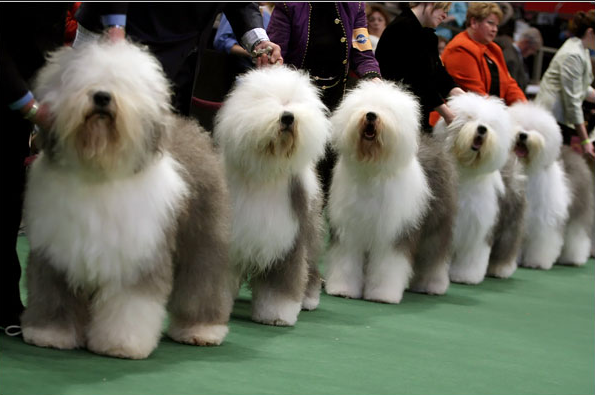The Doberman Pinscher, also known as Doberman, originated in Germany. In the early stages of its development, the Doberman Pinscher was bred for working purposes. It is considered the most intelligent among all working dog breeds.

- Scientific Classification:
- Kingdom: Animalia
- Phylum: Chordata
- Subphylum: Vertebrata
- Class: Mammalia
- Subclass: Theria
- Order: Carnivora
- Suborder: Caniformia
- Family: Canidae
- Genus: Canis
- Species: Familiaris
- Subspecies: Doberman Pinscher
- Distribution: Originated in Germany.
- Also Known As: Companion Dog, Guardian Dog, Working Dog
- Weight: 40-45 kg
- Coat: Short
- Lifespan: 10-14 years
- Shoulder Height: 68-72 cm
3. Doberman Pinscher Morphological Characteristics
Head:
The head is long and compact, forming a blunt wedge shape when viewed from the front or side. The eyes are almond-shaped and moderately set, expressing liveliness. Eye color varies with coat color. Ears are usually cropped and stand erect.
Neck and Body:
The neck is proud, muscular, and slightly arched, proportionate in length to the body and head. The back is short and sturdy, with a visible wither. The chest is broad, and the forechest appropriately pronounced. The ribcage is well-sprung, and the abdomen moderately tucked up. The loin is wide and muscular, and the croup is broad.
Tail:
The tail is docked at about the second tail vertebra, extending as a natural extension of the spine. It is carried above the horizontal line when alert.
Limbs:
Front limbs are straight, parallel, and well-muscled. Shoulders are sloping, forming a 45-degree angle with the horizontal. Hindquarters are well-angled, creating a slightly rounded appearance. Legs are straight, parallel, and well-boned.
Coat:
The coat is smooth, short, hard, dense, and lies close to the body. A thin layer of gray undercoat on the neck is permissible.
Color and Markings:
Accepted colors include black, red, blue, and fawn. Rust-colored markings are well-defined and appear above the eyes, on the muzzle, throat, forechest, legs, feet, and under the tail.
4. Doberman Pinscher Temperament
The Doberman Pinscher is known for its disciplined and fearless demeanor. Initially bred for military and police work, it exhibits seriousness, decisiveness, and strength. It is a robust and powerful breed suitable for guarding, search and rescue, hunting, and herding after training.
5. Doberman Pinscher Care Knowledge
As a family member, the Doberman Pinscher requires strict training from an early age due to its strong and energetic nature. It is not suitable for outdoor living and needs a warm, safe, and comfortable indoor environment. Adequate space is necessary, along with soft materials to protect its joints.
6. Doberman Pinscher Feeding Guidelines
For a strong and muscular Doberman Pinscher, daily nutrition and energy intake are crucial. The choice of dog food should consider the dog’s specific needs, such as weight management or coat improvement. Providing specialized breed-specific dog food is recommended for optimal health.
Feeding points:
- Doberman Pinschers are carnivorous animals; their diet should have high protein and low fiber content.
- Feed high-quality dog food containing various meats, bones, and organs.
- Adjust the diet based on the dog’s body condition, choosing weight management or coat-enhancing formulas if needed.
- Ensure the dog finishes its meal within 5-10 minutes to prevent overeating.
- Provide a constant supply of fresh water daily.
Implementing neutering for Doberman Pinschers is highly recommended to prevent wandering during the heat cycle and contribute to a more gentle temperament.




